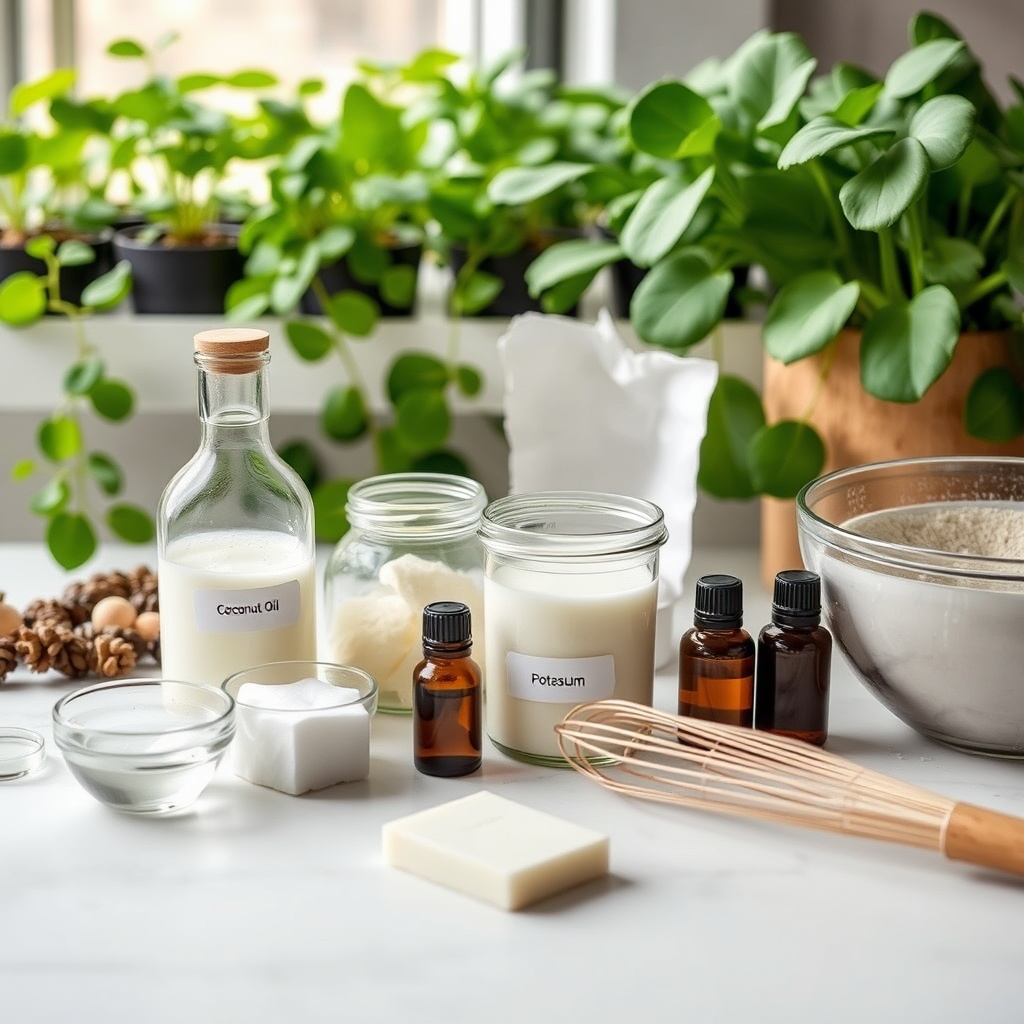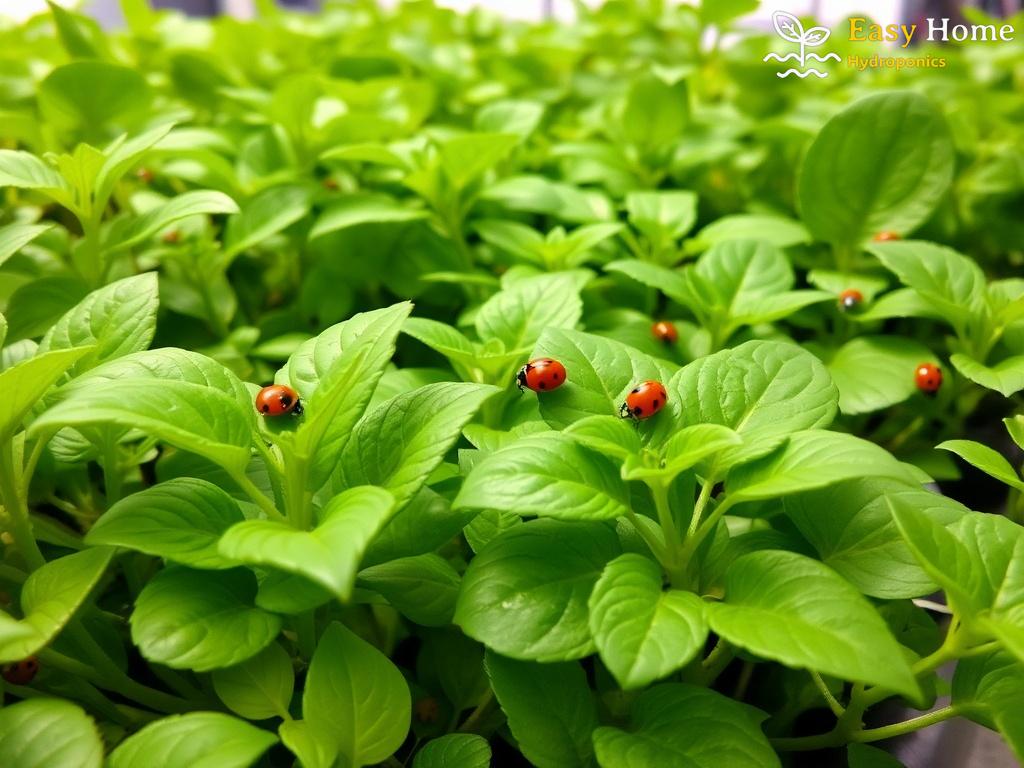Humidity plays a crucial role in the ecosystem of your home and garden. Many pests thrive in specific humidity levels, making it essential to monitor and maintain optimal moisture conditions to safeguard your space. By understanding how humidity affects pest behavior, you can implement effective strategies to deter unwanted guests.
Humidity levels greatly influence the survival and reproduction of various pests. High humidity can create a conducive environment for pests such as mold, dust mites, and cockroaches. Conversely, low humidity can deter certain pests but may invite others like spiders. Understanding which pests thrive under certain conditions is vital for effective pest management.
Here are some common pests and their preferred humidity levels:
- Cockroaches: Thrive in humidity levels above 50%.
- Dust Mites: Prefer humidity levels between 70% and 80%.
- Mold: Grows rapidly in environments with 60% humidity or higher.
- Spiders: Often prefer drier conditions but can be found in humid areas where prey is abundant.
To maintain an optimal humidity level, various strategies can be employed. These methods not only help in controlling pests but also improve overall air quality and comfort in your environment. Below are some effective strategies for managing humidity:
- Use Dehumidifiers: These appliances help lower humidity levels, particularly in damp areas like basements and bathrooms.
- Improve Ventilation: Ensuring adequate airflow can prevent moisture buildup. Open windows and use exhaust fans in kitchens and bathrooms.
- Seal Leaks: Identify and repair any leaks in your home to cut down on moisture ingress.
- Regular Maintenance: Keep gutters clean and ensure proper drainage to prevent water accumulation around your property.
By implementing these strategies, you can create an environment that is less hospitable to pests, thus protecting your home and health.




